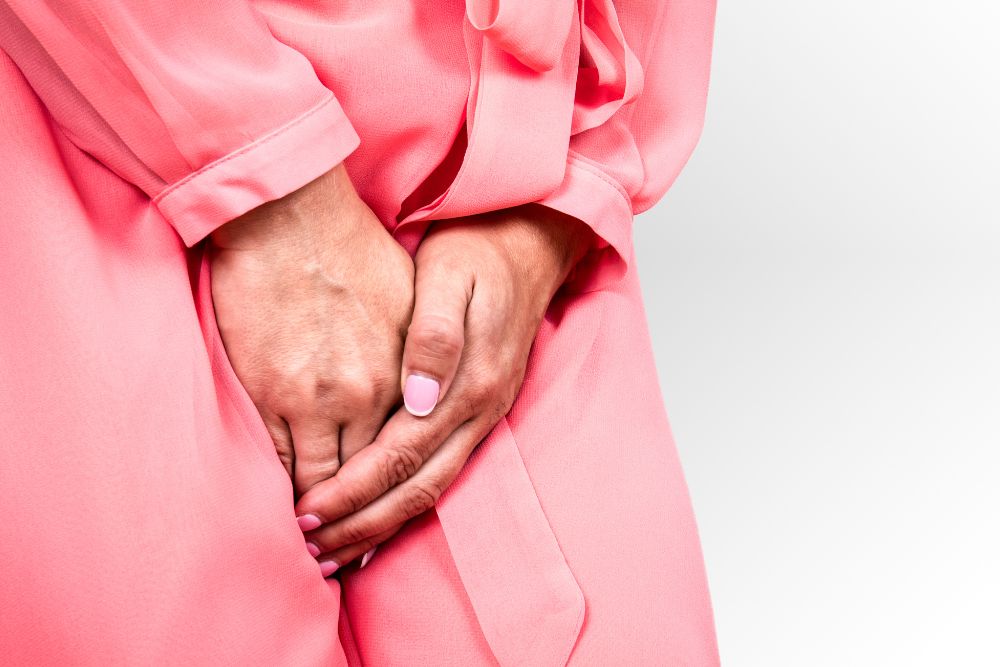
Urinary incontinence is a common and often under-discussed health concern that affects women of all ages. This condition, characterized by involuntary urine leakage, can have a significant impact on a woman’s quality of life and self-esteem. We shed light on urinary incontinence, its types, causes, risk factors, and available treatment options. By empowering women with knowledge, we aim to foster open conversations and help them seek the support and care they deserve from their OB/GYN.
Types of Urinary Incontinence
Stress Incontinence: Characterized by urine leakage during activities that exert pressure on the bladder, such as laughing, coughing, sneezing, or exercising.
Urge Incontinence: Involves a sudden, intense urge to urinate, followed by an involuntary leakage of urine before reaching the bathroom.
Mixed Incontinence: A combination of stress and urge incontinence, with women experiencing symptoms of both types.
Overflow Incontinence: Occurs when the bladder doesn’t empty completely, leading to frequent or constant dribbling of urine.
Causes and Risk Factors
Pregnancy and Childbirth: The muscles and nerves supporting the bladder may weaken during pregnancy and vaginal childbirth, leading to urinary incontinence.
Aging: As women age, the bladder muscles may weaken, increasing the risk of urinary incontinence.
Menopause: Hormonal changes during menopause can contribute to bladder changes and urinary incontinence.
Chronic Conditions: Neurological disorders, diabetes, and certain medications may also contribute to urinary incontinence.
Seeking Professional Evaluation
Women experiencing urinary incontinence should not hesitate to discuss their concerns with their OB/GYN. An open and honest conversation allows the healthcare provider to evaluate the symptoms, conduct relevant tests, and determine the underlying cause of incontinence.
Treatment Options
Lifestyle Modifications: Certain lifestyle changes, such as managing fluid intake, maintaining a healthy weight, and practicing pelvic floor exercises, can help improve bladder control.
Behavioral Therapies: Techniques like bladder training and scheduled bathroom trips can help regain bladder control.
Pelvic Floor Physical Therapy: Specially trained therapists can teach exercises to strengthen pelvic floor muscles.
Medications: In some cases, medications may be prescribed to relax bladder muscles or reduce urinary frequency.
Minimally Invasive Procedures: Certain surgical procedures can provide relief for specific types of urinary incontinence.
Urinary incontinence is a prevalent condition affecting women worldwide, but it should never be accepted as an inevitable part of life. Understanding the different types, causes, and risk factors of urinary incontinence empowers women to take control of their health and seek help from their OB/GYN. With a variety of treatment options available, women can regain bladder control, improve their quality of life, and embrace a renewed sense of confidence and well-being. Through open conversations and compassionate care, OB/GYNs play a pivotal role in supporting women through their journey toward improved bladder health and overall wellness.
